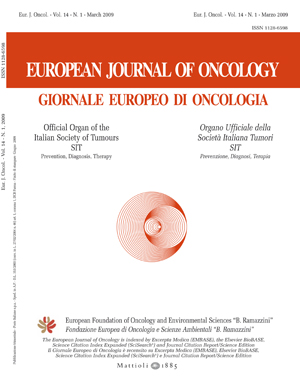“PAH” carcinogens; what nullified early warnings
Keywords:
PAH, Polynuclear Aromatic Hydrocarbon, carcinogensAbstract
The carcinogenic effects of soot were recognized some 300 years ago and it was conjectured that the responsible agent was a volatile fraction. Identification of a specific chemical agent was not required for the appropriate intervention to be determined, nevertheless its implementation was delayed by political considerations. Awareness that work other than chimney cleaning was associated with excess cancer mortality followed: they had in common exposure to carcinogenic “PAHs”. In none of these exposures (coal distillation products including tars, pitch, asphalt, mineral oils, shale oil, metal working fluids) was intervention promptly legislated for that effectively eradicated the risks. The application of the Industrial Hygiene Measures of Containment and Personal Protection have provided limited protection, as the Substitution. Despite the development of a more compassionate national political philosophy, and the determination of the precise chemical agents that are the most potent carcinogens, industry has learnt how, by the employment of public relation experts and the commissioning of sympathetic scientists, its interests can be protected.
Downloads
Published
Issue
Section
License
OPEN ACCESS
All the articles of the European Journal of Oncology and Environmental Health are published with open access under the CC-BY Creative Commons attribution license (the current version is CC-BY, version 4.0 http://creativecommons.org/licenses/by/4.0/). This means that the author(s) retain copyright, but the content is free to download, distribute and adapt for commercial or non-commercial purposes, given appropriate attribution to the original article.
The articles in the previous edition of the Journal (European Journal of Oncology) are made available online with open access under the CC-BY Creative Commons attribution license (the current version is CC-BY, version 4.0 http://creativecommons.org/licenses/by/4.0/).
Upon submission, author(s) grant the Journal the license to publish their original unpublished work within one year, and the non exclusive right to display, store, copy and reuse the content. The CC-BY Creative Commons attribution license enables anyone to use the publication freely, given appropriate attribution to the author(s) and citing the Journal as the original publisher. The CC-BY Creative Commons attribution license does not apply to third-party materials that display a copyright notice to prohibit copying. Unless the third-party content is also subject to a CC-BY Creative Commons attribution license, or an equally permissive license, the author(s) must comply with any third-party copyright notices.

